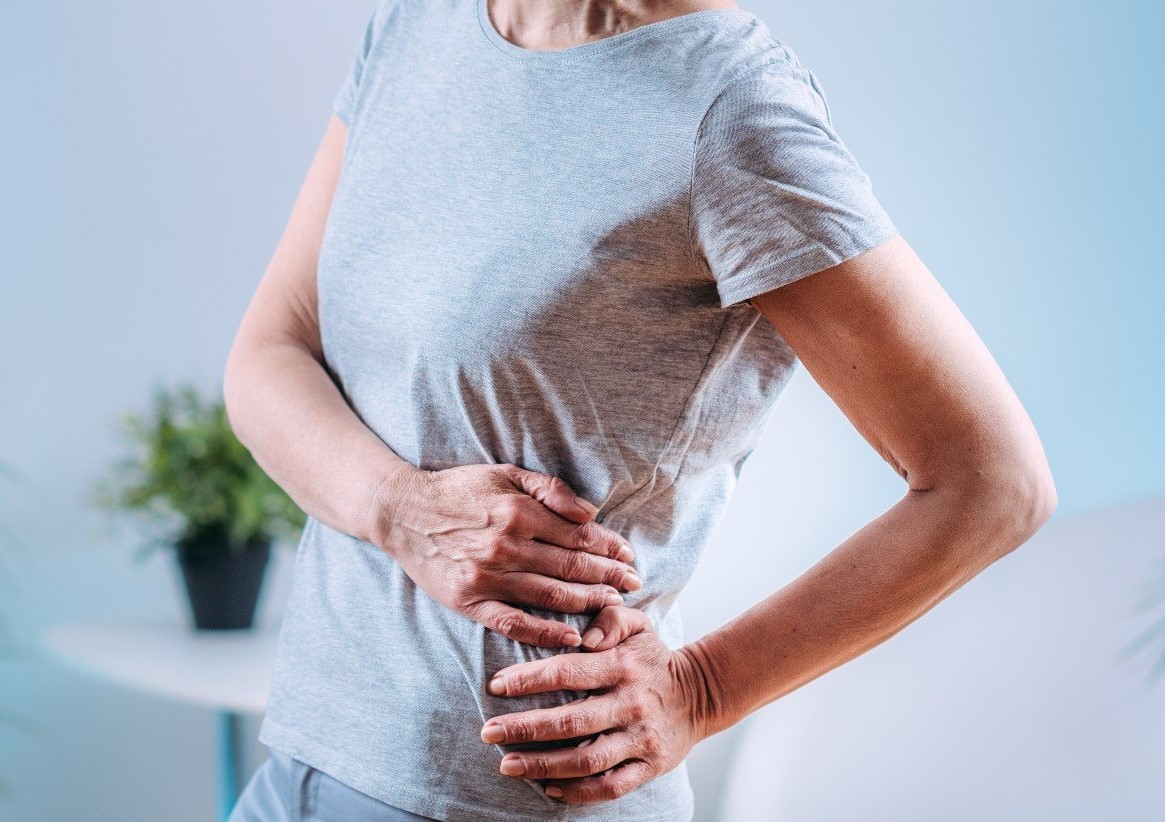Schedule An Appointment With Us
Are Your Symptoms Affecting Your Quality Of Life?
Consult our MOH-accredited orthopaedic specialist for an accurate diagnosis & personalised treatment plan today.

MBBS (S’PORE)
MRCS (Ireland)
MMed (Ortho)
FRCSEd (Ortho)

The hip joint is a ball-and-socket structure that allows for a wide range of motion. A hip labral tear refers to the damage or tearing of this labrum, a ring of cartilaginous tissue at the junction where the ball (femoral head) meets the socket (acetabulum) of the hip bone. These tears can occur due to various reasons, ranging from structural abnormalities to physical activity and trauma.
Hip labral tears can result from a variety of factors, which can be broadly categorised into structural causes, traumatic causes, and degenerative causes.
The symptoms of a hip labral tear can vary depending on the severity and location of the tear. Common symptoms include:
Schedule An Appointment With Us
Consult our MOH-accredited orthopaedic specialist for an accurate diagnosis & personalised treatment plan today.
Diagnosing a hip labral tear involves a combination of clinical evaluation and imaging tests. Typically, the diagnostic process includes:
The first step involves a detailed medical history and a physical examination. The orthopaedic surgeon will ask about symptoms, activities that may cause pain, and any history of hip problems or injuries.
Sometimes, a local anaesthetic is injected into the hip joint. If the pain is significantly relieved, it suggests that the problem is within the joint.
Non-surgical treatments are often the first line of management for hip labral tears, especially in cases where the tear is not severe. Common non-surgical treatments include:
When non-surgical treatments fail to provide adequate relief, or in cases of severe hip labral tears, surgery may be recommended. The primary surgical option is:

MBBS (S’pore)
MRCS (Ireland)
MMed (Ortho)
FRCSEd (Ortho)
Dr Kau (许医生) is a Fellowship trained Orthopaedic Surgeon with a subspecialty interest in Hip and Knee surgery and has been in practice for more than 15 years.
He is experienced in trauma and fracture management, sports injuries, and joint replacement surgery.
Preventing hip labral tears involves addressing the factors that increase the risk of injury. Key measures include:


For Singaporeans, Singapore Permanent Residents and Foreigners.
Please speak to our friendly clinic staff about using your insurance plans.

If you have any enquiry, please do get in touch. Leave us a message and we will get back to you shortly.
While minor labral tears can sometimes show improvement with rest, physical therapy, and other non-surgical treatments, most labral tears do not heal completely on their own. The labrum in the hip has a limited blood supply, which impedes the body’s natural healing process.
In cases where the tear is small and pain is manageable, non-surgical treatments may effectively manage symptoms, but they do not typically result in a fully healed labrum.
The recovery period after hip labral tear surgery can vary significantly based on the individual’s overall health, the specific surgical procedure performed, and the severity of the tear. Generally, recovery can take anywhere from several weeks to a few months.
If a hip labral tear remains untreated, it can lead to several long-term effects. The most common is persistent pain and discomfort, particularly during activities that put a strain on the hip joint. Untreated labral tears can contribute to hip joint instability and an increased risk of developing osteoarthritis in the hip joint.
Returning to sports after a hip labral tear depends on several factors, including the severity of the tear, the type of treatment received, and the specific demands of the sport. Athletes are typically advised to return to their sport gradually, and only after they have regained full strength and mobility in the hip.
The timeline for returning to sports can vary, but with appropriate treatment and rehabilitation, many athletes can return to their previous level of sporting activity.